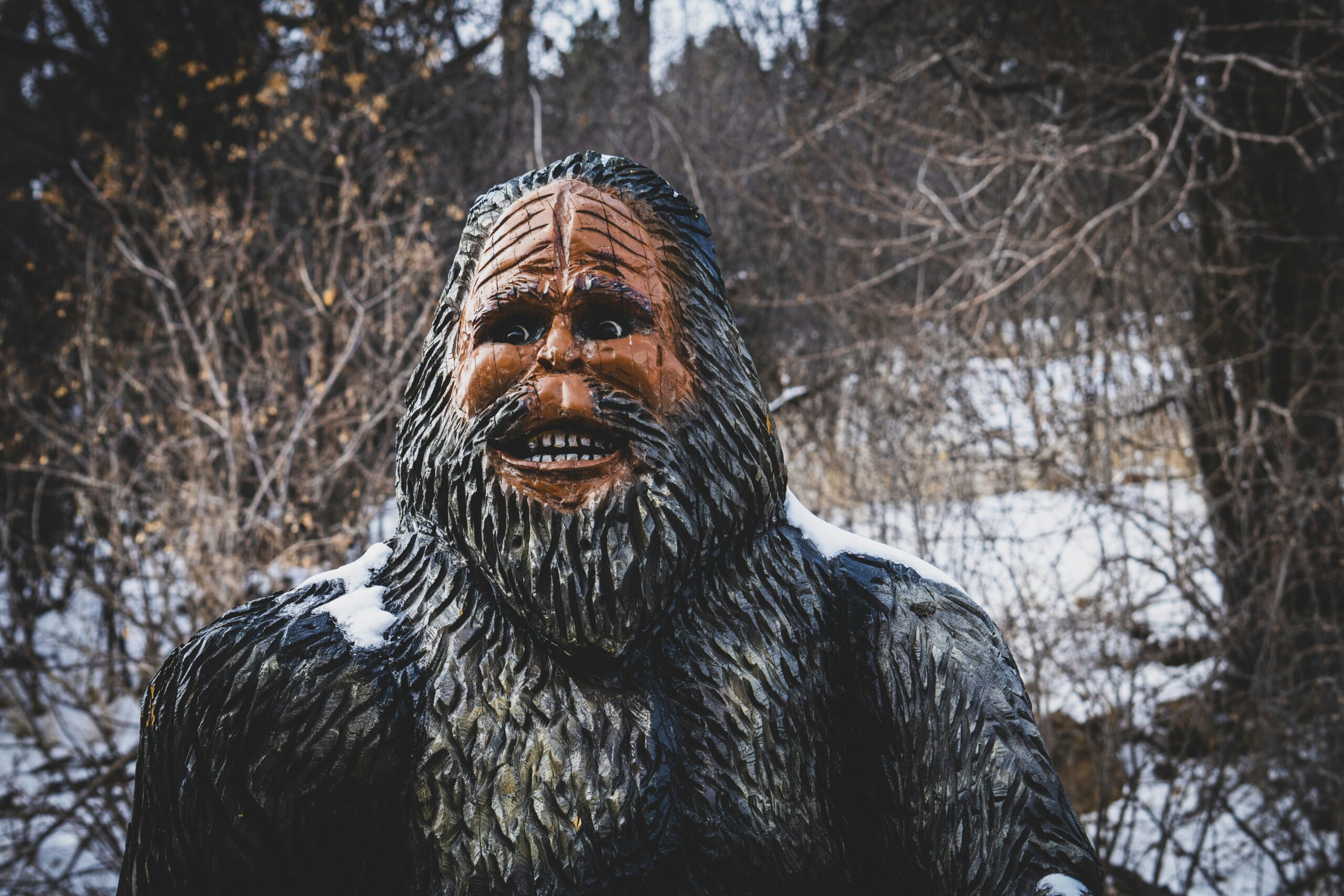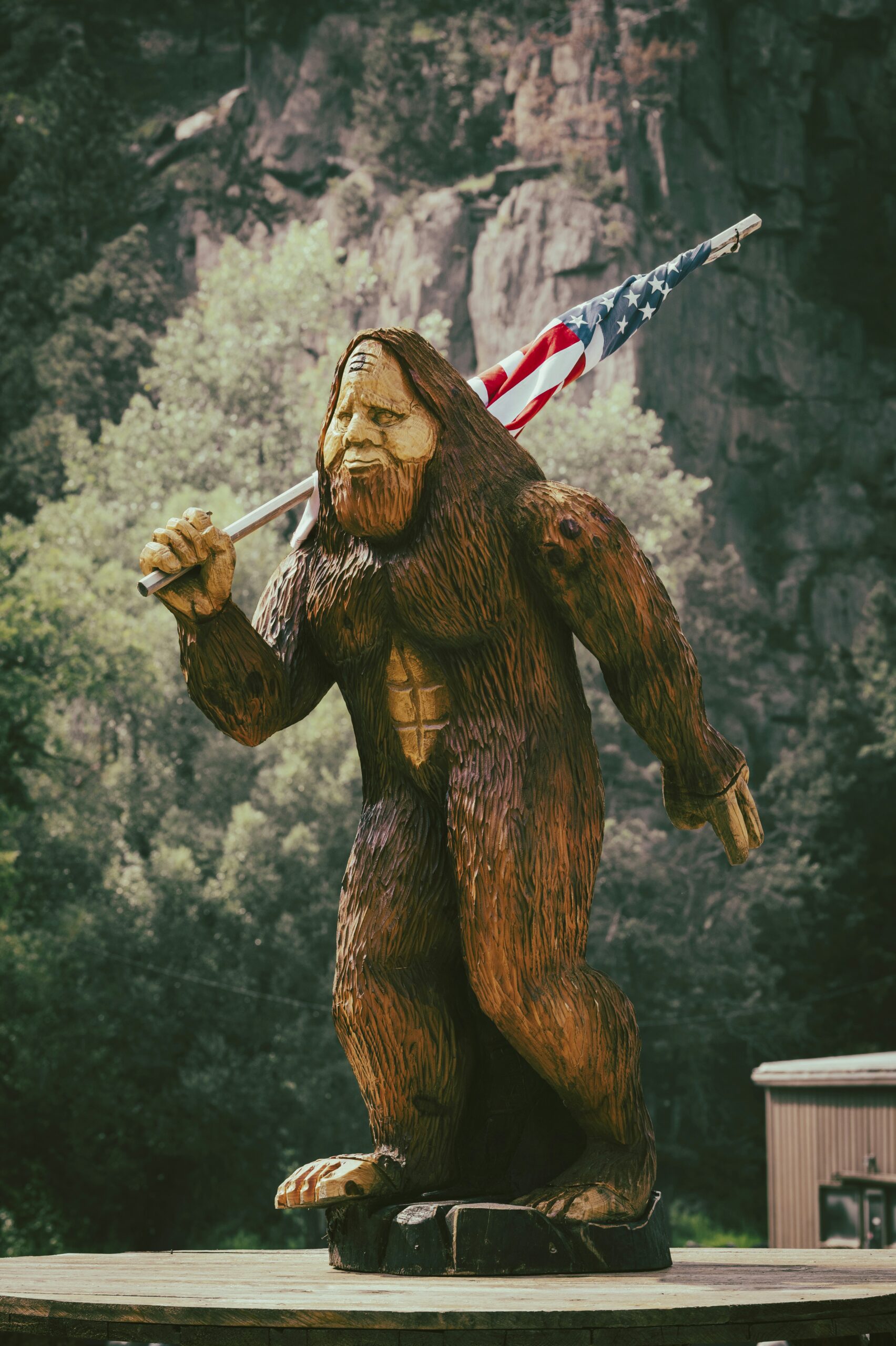Exploring the Compelling Evidence of Bigfoot on Mount Shasta takes you on an exhilarating journey into the heart of one of America's most legendary mysteries. With mounting evidence and numerous eyewitness accounts, this article delves deeply into the fascinating world of Bigfoot. You'll uncover the intriguing details behind the most compelling piece of evidence: the astonishingly clear and sizable footprints discovered by a seasoned hiker, paired with eerie audio recordings of unidentifiable howls echoing through the forest. This combination of visual and auditory proof invites you to ponder the age-old question—could Bigfoot really be hiding on Mount Shasta? Have you ever wondered about the most compelling piece of evidence for Bigfoot on Mount Shasta? From mysterious footprints to eerie sightings, Mount Shasta has become a hotspot for Bigfoot enthusiasts and skeptics alike. Let’s delve into the evidence, explore why this location is significant, and weigh the theories about the legendary creature.
Why Mount Shasta is a Hotspot for Bigfoot Sightings
Mount Shasta, located in Northern California, is not just a stunning natural wonder; it has become a magnet for those interested in the paranormal and unexplained phenomena, including Bigfoot. The dense forests, sparse human population, and expansive wilderness make it an ideal location for a creature to elude human detection.
The Intriguing History of Mount Shasta
Mount Shasta has a rich history filled with Native American legends, esoteric stories, and paranormal claims. Local tribes such as the Klamath describe large, hairy creatures long before the term “Bigfoot” or “Sasquatch” was popularized. The mountain’s mystical reputation adds another layer of intrigue.
Why Bigfoot Loves the Terrain
The remote and rugged landscape provides ample hiding spots and food sources for a large creature. Thick forests, numerous caves, and streams supply everything a cryptid might need to thrive unnoticed by humans. The natural resources and isolation act as a haven for creatures preferring to remain in the shadows.
Compelling Evidence: Footprints and Tracks
Perhaps the most tangible evidence for Bigfoot's existence comes in the form of footprints and tracks. Over the years, numerous casts and impressions have been collected from around Mount Shasta, sparking debates and sending researchers into a frenzy.
Analyzing Footprints: Are They Real or Hoaxes?
To unravel this, it's helpful to look at the craftsmanship and details:
| Feature | Genuine Footprints | Hoaxes |
|---|---|---|
| Consistency | Shows natural, consistent wear | Often inconsistent, lacking anatomical accuracy |
| Detail | Clear dermal ridges visible | Usually lacks fine details, often overly simplified |
| Size | Large, proportionate to a big creature | Can be exaggerated or oddly shaped |
Experts in the field like Dr. Jeff Meldrum have noted the intricate details within these prints that point to an anatomical complexity not easily faked. Dermal ridges, similar to fingerprints, have been found in some samples, suggesting a biological origin rather than a fabricated one.
Famous Footprint Cases on Mount Shasta
One of the most famous footprint cases occurred in the late 1970s near the Pacific Crest Trail. A series of tracks, each measuring approximately 16 inches long, were found in a remote section of the forest. The footprints were investigated extensively, but no conclusive evidence of a hoax was found, leaving the mystery wide open.

Eyewitness Accounts and Credibility
Eyewitness testimonies add another layer to the evidence around Bigfoot, particularly on Mount Shasta. These accounts range from casual hikers to seasoned outdoor experts, all describing encounters with something far from ordinary.
Memorable Eyewitness Sightings
Take, for example, the story of a local ranger who encountered a large, hairy creature while patrolling the woods. Descriptions include:
- Size and Build: Often reported as around 7-9 feet tall, with broad shoulders.
- Behavior: Generally shy but occasionally curious, often seen from a distance.
- Movement: Described as both fast and agile for its size, usually on two legs but occasionally dropping to all fours.
Some encounters have been so compelling that they have led lifelong skeptics to reconsider their stance on Bigfoot.
The Credibility Factor
Skeptics often discount eyewitness reports, citing human error and imagination. However, many of these witnesses are credible professionals like park rangers and hikers experienced in identifying wildlife, lending weight to their accounts.
Modern Technology and Investigations
Advancements in technology have opened new frontiers in Bigfoot research. From thermal imaging to DNA analysis, modern tools are helping to either substantiate or debunk claims.
Thermal Imaging and Drones
Thermal cameras and drones are used to scan the dense forests and inaccessible regions of Mount Shasta, searching for heat signatures that could indicate the presence of large, warm-blooded animals. While these tools have occasionally picked up suspicious readings, none has yet offered conclusive proof.
DNA Analysis: The Quest for Biological Evidence
Hair samples, scat, and other biological materials have been collected and subjected to DNA analysis. While many have been inconclusive or identified as known species, a few samples have stumped scientists, showing unknown primate-like characteristics. Testing continues, and each discovery brings us closer to answering the Bigfoot mystery.

The Role of Local Tribes and Lore
Native American tribes have long history and stories that align with modern-day Bigfoot sightings. These tales provide context and continuity to the phenomenon.
Native American Legends
Many local tribes, such as the Yurok, Hoopa, and Klamath, have stories of large, hairy men dwelling in the forest. Known by various names like “Oh-Mah” or “Hairy Man,” these beings are often depicted as guardians of nature or omens of change.
Cultural Significance
For some tribes, these creatures are not just myths but integral parts of their cultural heritage. Respecting these traditions provides valuable insight into the Bigfoot phenomena, blending old wisdom with new research.
Psychological and Sociological Perspectives
Understanding why people believe in Bigfoot involves more than just evaluating physical evidence. Human psychology and sociology play significant roles in this belief system.
Why Do People See Bigfoot?
Several factors contribute to Bigfoot sightings:
- Pattern Recognition: Humans are wired to recognize patterns, leading to misidentifications.
- Cultural Influence: Media and folklore can create a bias, making people more likely to interpret ambiguous stimuli as Bigfoot.
- Desire for Mystery: The human craving for the unknown and unexplored fuels belief in cryptids like Bigfoot.
Social Dynamics and Bigfoot Communities
Communities that believe in Bigfoot provide a sense of belonging and purpose. These groups support each other, share stories, and even organize expeditions, reinforcing their beliefs through social cohesion.

Skeptical Views and Counterarguments
While the evidence for Bigfoot on Mount Shasta is compelling, skepticism is both necessary and healthy in scientific inquiry. Let’s consider some of the main counterarguments.
Common Skeptical Arguments
- Misidentification: Many supposed sightings can be attributed to bears, other wildlife, or humans.
- Hoaxes: With modern technology, it's relatively easy to fake evidence like footprints or photographs.
- Lack of Physical Evidence: Despite decades of searching, no definitive physical evidence such as a body or bone has been found.
Assessing the Skeptical Viewpoint
Skeptics encourage rigorous testing of claims and evidence. They remind us to consider all possibilities, from natural explanations to human ingenuity, before jumping to conclusions.
The Future of Bigfoot Research
The quest to prove or disprove Bigfoot's existence is ongoing, and future advancements may finally solve the mystery.
New Technologies and Techniques
Advancements in genetic research, AI for image analysis, and deep-learning algorithms are promising tools that could uncover irrefutable evidence. These technologies might help us find patterns or anomalies in large data sets that human researchers might miss.
Citizen Science
Ordinary individuals can make extraordinary contributions to Bigfoot research. Citizen scientists, equipped with smartphones and access to social media, can report sightings, gather data, and share findings efficiently, broadening the scope of the investigation.
Conclusion
The evidence for Bigfoot on Mount Shasta is a fascinating blend of footprints, eyewitness accounts, technological findings, and cultural lore. While skepticism remains, the accumulating body of evidence continues to pique interest and stimulate debate. Whether or not you believe in Bigfoot, the journey through the mystery is a captivating exploration of the unknown. So, what do you think? Could Bigfoot be out there, lurking in the shadows of Mount Shasta, waiting for the day when mystery meets reality?
In this exploration, we've navigated through compelling evidence, from native legends and footprints to modern scientific techniques. Whether you're a believer, a skeptic, or simply curious, the legend of Bigfoot on Mount Shasta invites you to ponder the possibilities and engage in the timeless human quest for discovery.
